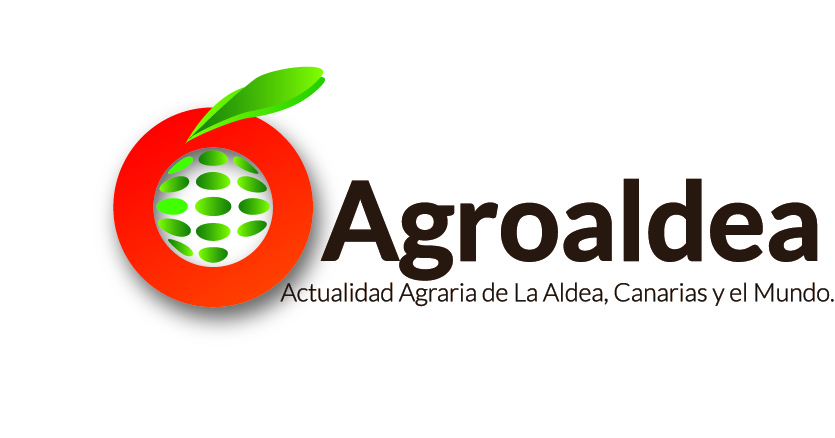 Researchers recommend to indicate the content of inorganic arsenic and rice origin labels.
Researchers recommend to indicate the content of inorganic arsenic and rice origin labels.
Rice is one of the few cereals consumed by people with celiac disease, it does not contain gluten. However, You can present high concentrations of a toxic element: arsenic.
This was revealed by the analyzes carried out by researchers from the Miguel Hernández University of Elche in flour, pastry, pan, pasta and other foods made with rice. The European Union is working to establish maximum limits for arsenic in these products.
Celiac disease affects nearly 1% of the Western population, a group that does not tolerate gluten and is forced to consume products that substance, as rice. But this cereal, depending on its origin, It may also contain disturbing levels of arsenic, a toxic and carcinogenic element.
For most consumers, this is not a problem because they eat little rice every day, but not so in people with celiac disease.
The test results, presented in the journal Food Additives & Contaminants, They warn that some of these products contain "significant content" of total arsenic (As-t, up to 120 µg/kg) and inorganic arsenic (As-i, up to 85,8 µg/kg).
The total arsenic is the sum of organic, combined with carbon, and inorganic, it reacts with other elements such as oxygen, chlorine or sulfur, and it is more harmful.
With these data have estimated the contents of As-As-i t and rice only used as a main ingredient -descartando the other components of the food- and have proved to be as high as 235 and 198 µg/kg, respectively.
But also, daily intake of inorganic arsenic taking celiacs to consume products with rice is estimated at 0,46 and 0,45 µg/kg (micrograms per kilogram of body weight) for women and men 58 and 75 kg, respectively.
And in the case of children (up to five years), these values are even higher, and they are ranging from 0,61 and 0,78 μg/kg, according to another study published in the Journal of Food Science.
Un panel de expertos de la European Food Safety Authority (EFSA) EU it established in 2009 there is evidence that the range of intake between 0,3 and 8,0 mg / kg of body weight per day is a risk of lung cancer, skin and bladder. The estimated intakes in the two studies move, Therefore, within that range.
"These values indicate that we can not exclude a health risk in people who consume these products", Angel explains Carbonell, coauthor of studies, although it recognizes an important point: "The European Union has not yet established legal limits of the levels of arsenic in rice-based foods and this cereal, although currently it is actively working on it ".
The advice of researchers is clear: "Legislation is needed by health agencies that delimits arsenic levels that must not exceed in rice-based foods for celiac consumers".
Until now, Celiac disease is diagnosed mainly in children, but in recent years it has changed the profile and one in five people with the disease are over 65 years.
Today, each European country are taking samples of these products, analyzing and submitting their findings to the EFSA to develop a database large enough to make decisions.
The Spanish Consumer Agency, Food Security and Nutrition (AECOSAN) just sent the Spanish report, in which researchers have collaborated in this study.
Another of its key recommendations is to include quality information on labels: "It should indicate the content of inorganic arsenic bearing each food, well and identify the rice variety used and their origin, because some are more desirable than others ", Sandra emphasizes Munera, another author.
Arsenic occurs naturally in the earth's crust, but its abundance in some regions is greater than in other, and its concentration also increases with the use of pesticides. Then, this element is spread by water to rice, one of the few plants grown flooded.
One of the most 'clean' rice in the world is the Donana National Park, since in this environment it has not been allowed to use pesticides and arsenic is not abundant naturally.
However, in countries like India and Bangladesh, where the waters are contaminated with inorganic arsenic and rice is a staple food for the population, the result is still one of the biggest mass poisonings history.

